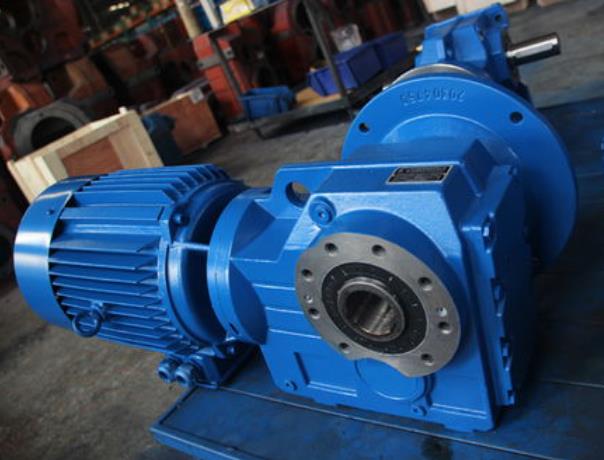
Precision gear reducers come in various types, each serving specific applications. The major types include precision planetary gear reducers, cycloidal needle wheel reducers, RV reducers, harmonic reducers, and filter reducers.
1. Precision Planetary Gear Reducer
The precision planetary gear reducer is primarily composed of planetary gears, sun gears, and ring gears. Its layout resembles the movement of planets around the sun, hence the name "planetary gear reducer." The sun gear is positioned at the center of the mechanism. Typically, 3-6 planetary gears are evenly arranged around the sun gear, engaging with the sun gear on the inside and the ring gear on the outside, fixed on the planetary carrier. The interaction between these components determines their motion relationships. The reduction ratio of a single stage is generally between 3 and 10, with common ratios being 3, 4, 5, 6, 8, and 10. Different configurations can be used to achieve varying reduction ratios, providing flexibility in design.
2. Cycloidal Needle Wheel Reducer
The cycloidal needle wheel reducer employs the principles of planetary gearing with cycloidal needle tooth engagement. It consists of an input shaft with a 180° offset double eccentric sleeve, two eccentrically mounted cam followers known as cycloidal pins, and an output shaft with a set of pins and needle teeth. As the input shaft rotates, the cycloidal pins move along the curved surface of the needle wheel, generating both rotation and revolution. This unique motion results in a lower output speed and a higher output torque, making it suitable for applications requiring high torque at low speeds.
3. RV Reducer
Derived from the cycloidal needle wheel reducer, the RV reducer incorporates a two-stage planetary gear transmission system. The first stage involves a cycloidal external meshing planetary gear transmission, and the second stage consists of a cycloidal needle wheel planetary transmission. It is often used with a fixed housing and planetary carrier as the output. The dual-stage mechanism allows for higher reduction ratios. The RV reducer offers advantages such as compact size, reduced weight, increased load-carrying capacity, and improved transmission efficiency compared to traditional designs.
4. Harmonic Reducer
Harmonic reducers are gear mechanisms based on harmonic drive principles, consisting of a flexible spline, a circular spline, and a wave generator. By utilizing the deformations induced during motion, these reducers achieve high precision and flexibility in their output. The flexible spline, usually a thin-walled component with teeth, engages with both the wave generator and the circular spline. As the wave generator rotates, it causes the flexible spline to undergo deformations, leading to output motion. Harmonic reducers are known for their high precision, compact design, and smooth operation.
5. Filter Reducer
The filter reducer comprises an eccentric reduction mechanism, a filter key mechanism, and a three-way thrust bearing. The eccentric reduction mechanism includes an internal gear, rolling bearings, dual-meshed gears, and an eccentric shaft. The filter key mechanism consists of dual-meshed gears, steel balls, an eccentric shaft, and internal gears on the output gear. The three-way thrust bearing is formed by the output gear and a fixed gear. The eccentric shaft serves as the input, and the mechanism filters high-speed movements, providing a lower output speed and higher torque. The filter reducer aims to achieve enhanced performance while maintaining a rigid structure.
In summary, the diverse types of precision gear reducers cater to specific requirements across various applications, offering a wide range of options for designers and engineers in the field of mechanical power transmission.
 English
English Deutsch
Deutsch Русский
Русский Español
Español
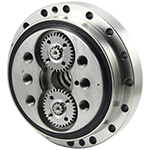
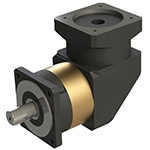
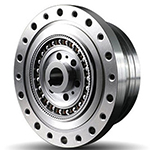
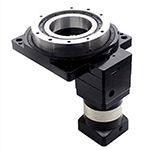
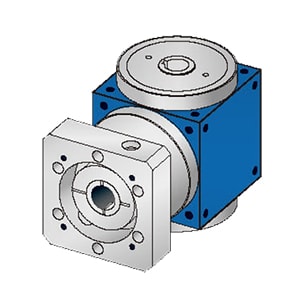
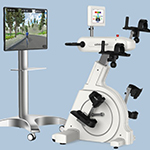
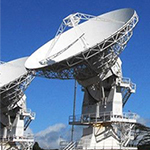
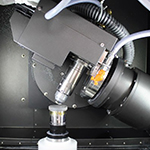
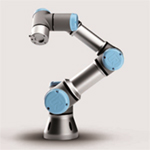
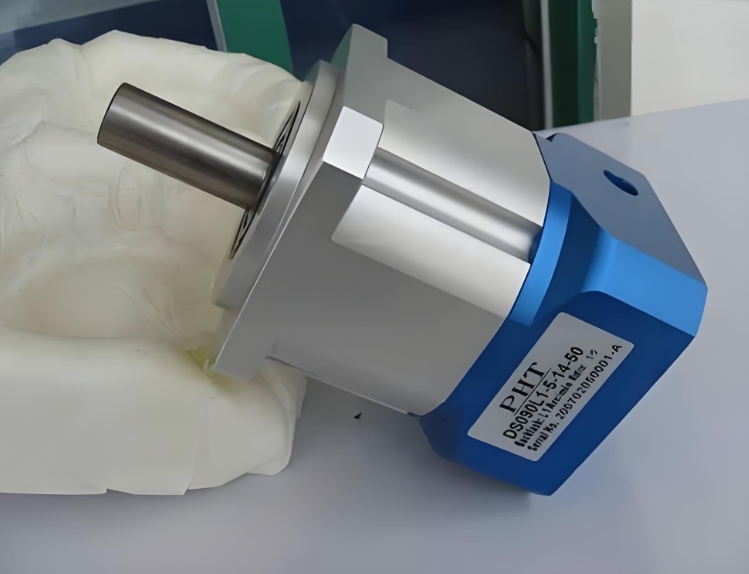
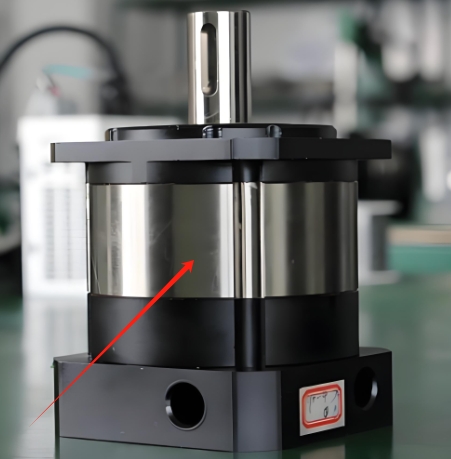
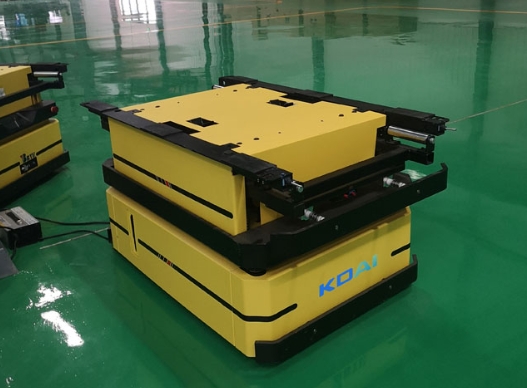
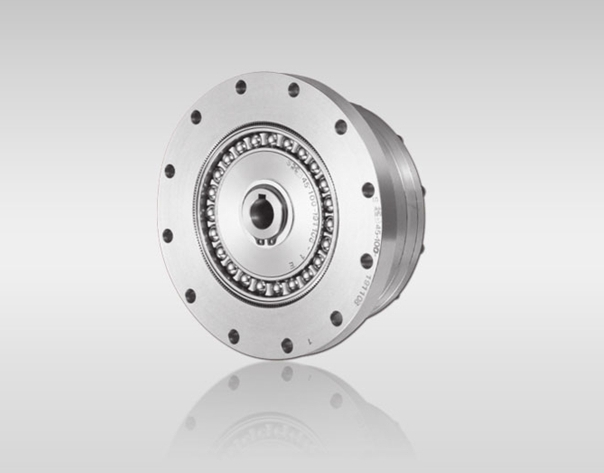
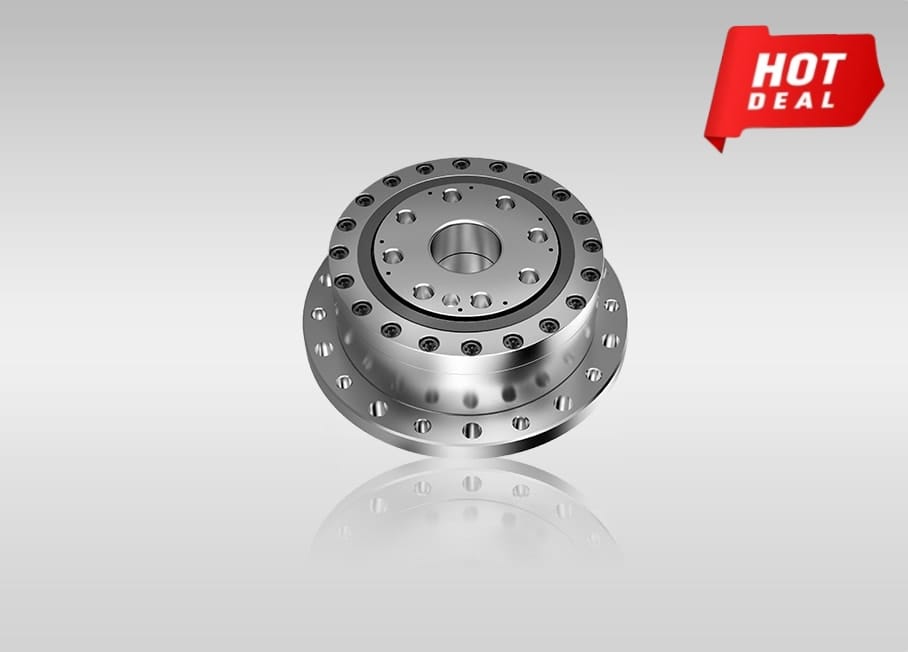
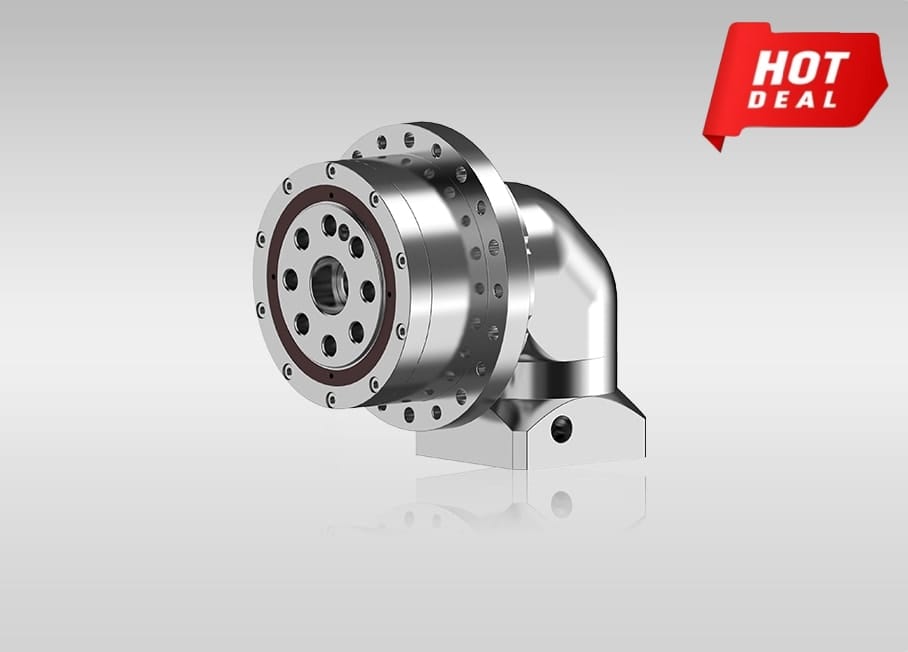
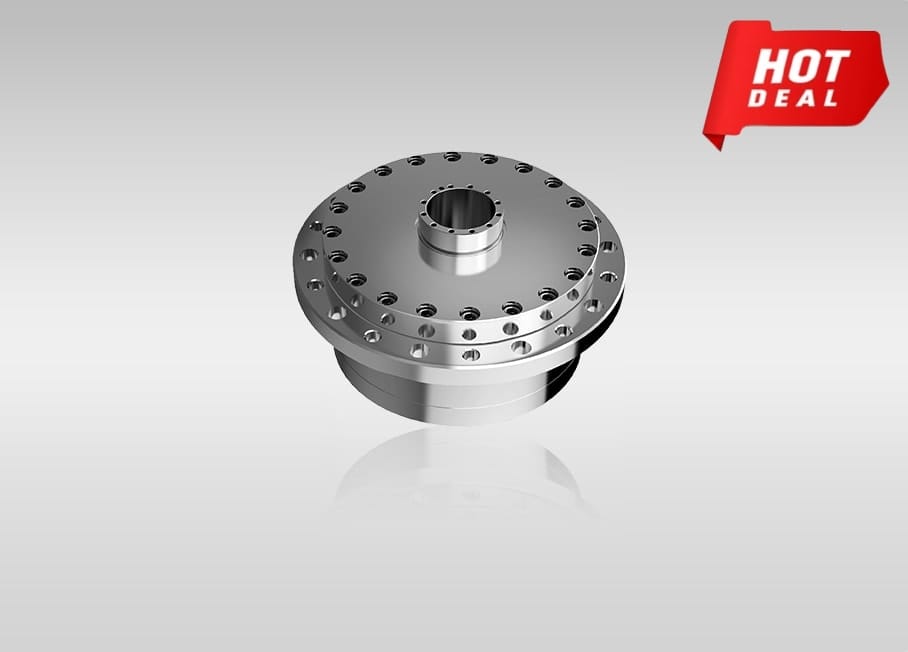
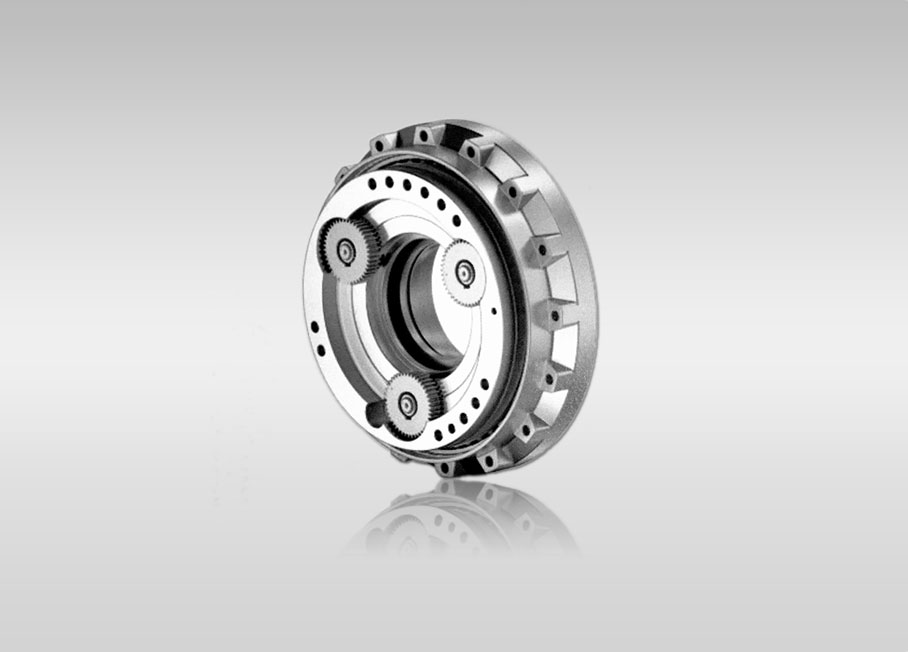
Quote Now